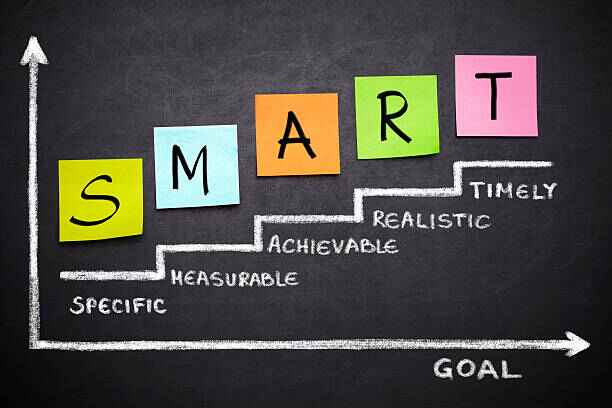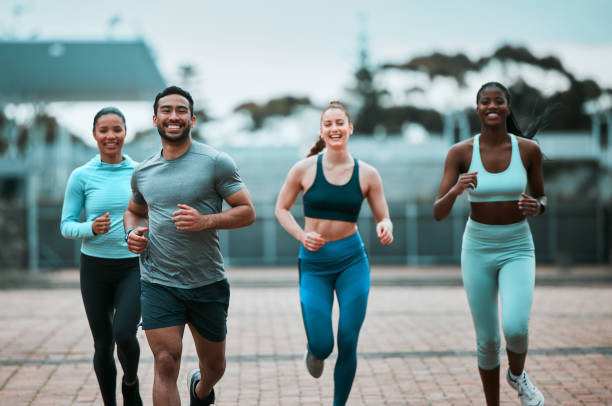Essential Fitness Tips and Tests– Today’s fast-paced world, maintaining your fitness and health can be challenging. But don’t worry – we’ve got you covered with Essential Fitness Tips and Tests‘!”. Whether you’re a seasoned fitness enthusiast or just beginning your journey, these tips will guide you toward your fitness goals. Achieving optimal fitness through smart eating and active living leads to better health, improved mood, focus, and sleep. It also helps prevent serious illnesses, enhances mobility, and enables us to age actively.

5 Types of Fitness
1. Body Composition- The proportion of fat to lean muscle mass in your body.
2. Flexibility: The ability to move your joints through a full range of motion.
3. Muscular Strength: The amount of force your muscles can produce.
4. Muscular Endurance: How long your muscles can perform a task without getting tired.
5. Cardiorespiratory Endurance: How well your heart and lungs can supply oxygen during exercise.
Essential Fitness Tips and Tests

Essential Tests For Healthier You–
• Stopwatch
• Exercise mat (optional)
• Somewhere to run
Extra Help
• A friend can count your push-ups, keep time, or measure your run distance.
• Record your results in a journal or fitness app.
1. Core Strength and Stability Test
• What it is: Measures core and upper body strength using the plank position.
– How to do it:
1. Get into a plank position, resting on your forearms.
2. Hold the position as long as you can while maintaining good form.
Results: The longer you hold, the stronger your core. Improve your core strength with exercises, then retest.
2. Push-Up Test
• What it is: Measures upper body strength and endurance.
– How to do it:
1. Start in a push-up position (classic or modified).
2. Lower your body until elbows are at 90 degrees, then push back up.
3. Do as many push-ups as you can in one minute while keeping good form.
Results: The more push-ups you can do, the stronger you are. Your results depend on age and sex.

3. 12-Minute Run Test (Aerobic Fitness Test)
• What it is: Measures cardio fitness, also known as the Cooper test.
– How to do it:
1. Warm up thoroughly.
2. Run or jog for 12 minutes.
3. Record the distance you cover.
Results: Longer distance means better aerobic fitness. Your results depend on age and sex.
4. Flexibility Test (Sit-and-Reach Test)
• What it is: Measures flexibility of legs, hips, and lower back.
– How to do it:
1. Place a yardstick, ruler, or tape measure on the floor.
2. Tape it down at the 15-inch (38 cm) mark.
3. Sit with soles of your feet even with the 15-inch mark.
4. Reach forward as far as you can, holding the position for at least 1 second.
5. Note the distance you reach.
6. Repeat two more times and record the best distance.
Results: Higher reach means better flexibility. Lower reach suggests you could benefit from more flexibility exercises.(Essential Fitness Tips and Tests)
7 Fitness Essential Tips

1. Eat Regularly
Don’t go more than 4 hours without eating.
Keep healthy snacks with you, especially at work.
2. Stay Active
Sweat it out 3-5 days a week with physical activity.
Include aerobic activities like walking or jogging.
3. Strength Training
Practice hypertrophy and progressive overload in your workouts.
Focus on building muscle strength and endurance.
4. Balance Cardio
A simple Tip is to avoid doing too much cardio; find a balance that works for you.
5. Get Enough Sleep
Aim for 6-7 hours of healthy sleep each night to recover and rejuvenate.
6. Mind Your Macros
Pay attention to your intake of carbohydrates and proteins.
Include lean meats and low-fat dairy products in your diet.
7. Healthy Eating Habits
Cut back on junk food and eat smaller portions.
Increase your intake of fresh fruits, vegetables, lean meats, and whole grains.
By following these Tips, you can create a balanced and effective fitness routine that promotes overall health and well being.
The Power of SMART Fitness Goals
SMART -SMART stands for Specific, Measurable, Achievable, Relevant, and Time-bound. SMART goal, ensuring they are effective and useful in keeping you focused, motivated, and successful in your fitness journey. (Essential Fitness Tips and Tests).
Consider the goal
“I will perform resistance training 3 times per week for the next 8 weeks.” This fits neatly into the SMART paradigm and provides clear criteria that you control, removing ambiguity and making success to achieve healthier Lifestyle.( Essential Fitness Tips and Tests)

Breaking Down SMART Goals
Specific:
Goals should be clear and cut. For example, “perform resistance training 3 times per week” is specific, while “exercise more” is not. Specificity leaves no room for interpretation, making it easier to track progress.
Measurable:
Your goals for Fitness must be measurable to gauge success. “Lose 10 pounds in 12 weeks” is measurable, while “lose weight” is too vague. With measurable goals, you can track your progress and make necessary adjustments.
Attainable:
Goals should be realistic yet challenging. While long-term goals are important, focus on what you can achieve in a few months. Adjust your goals based on your current fitness level to ensure they are within reach but still push you toward improvement.
Relevant:
Goals should align with your personal health and fitness needs. If you’re managing hypertension, a goal focused on aerobic exercise is more relevant than improving your vertical jump. Make sure your goals are pertinent to your overall interests and health requirements.
Time-bound:
Goals need a specific timeframe. Setting a deadline, like “lose 10 pounds in 3 months,” creates a sense of urgency and accountability. Open-ended goals lack the necessary pressure to start and finish, making procrastination more likely.
Simple Way to Stay Fit & Healthy
Tracking progress is key. Whether through journaling or using fitness apps and devices, regularly monitor your progress to stay on top of your goals. Hold yourself accountable with daily checklists and partner support to ensure you stay on track. You will likely achieve your fitness goals after reading this blog: Essential Fitness Tips and Tests
Conclusion
Embarking on a journey to a healthier lifestyle through fitness is incredibly rewarding. It takes dedication and the right approach, but you can definitely do it! Start with fitness assessments to see where you’re at, set realistic goals, and incorporate a balanced workout routine. Remember to prioritize recovery, fuel your body with proper nutrition, and track your progress. Most importantly, stay consistent and patient. Follow these essential tips, and you’ll be well on your way to a healthier, fitter you. (Essential Fitness Tips and Tests)
FAQ: Fitness Essential Tips & Tests
1. How often should I test fitness?
This depends on what you are trying to achieve with fitness tests and how often they fall into your workout routine. Fitness tests should be done approximately every 4 to 6 weeks. This time frame will allow you to find tangible results and make the correction needed in your fitness blueprint.
2. What are common fitness myths I should be aware of?
Myth: “You can target fat loss in specific areas.”
Fact: Spot reduction is not effective; overall body fat loss is necessary.
Myth: “Lifting weights will make women bulky.”
Fact: Women typically don’t gain muscle mass like men due to hormonal differences.
Myth: “More exercise is always better.”
Fact: Rest and recovery are essential to avoid burnout and injuries.
3. How can I avoid injuries during workouts?
Warm-Up: Always start with a warm-up to prepare your muscles.
Use Proper Form: Ensure you’re performing exercises correctly.
Don’t Overdo It: Listen to your body and avoid overtraining.
Cool Down: End your workout with stretches to relax muscles.
4.How often should I exercise per week?
Beginners: 3-4 times a week with rest days in between.
Intermediate/Advanced: 4-6 times a week, depending on intensity and fitness goals.
5. What should I eat before and after a workout?
Before Workout: Eat a small meal with carbohydrates and protein 30-60 minutes prior.
After Workout: Focus on protein-rich foods for muscle recovery and some carbs to replenish energy.

